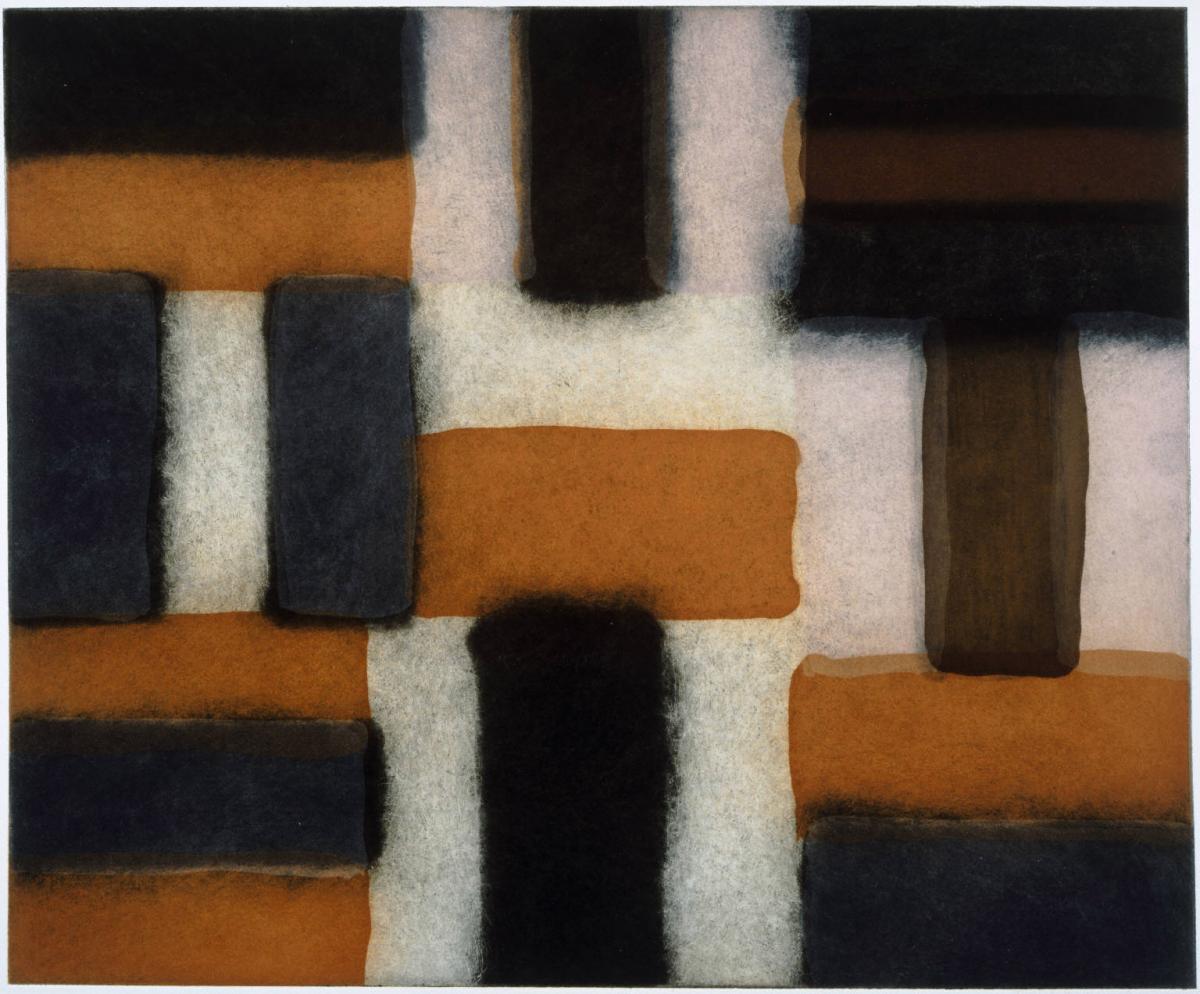Day
Sean Scully ( 2005 )

Sean Scully: Twenty Years (1976–1995), a traveling exhibition installed in its second venue at the High Museum of Art in Atlanta, Georgia, in the fall and winter of 1995–1996, was my first encounter with the works of the painter. I recall walking through the elegant galleries feeling curious but somewhat detached from the hulking abstractions, with their wide swaths of subdued color. I left the museum that day, at the time unfazed by what I had seen. Yet for years to come, those works would remain someplace at the periphery of my mind. A mystery at the time, but in hindsight it had everything to do with the way certain works of art can speak to our core on a subconscious level, even as we consciously tell ourselves that they are “not our cup of tea.”
As time passed, Sean’s works would resonate more each time I discovered one in a museum in whichever city I found myself. I finally came to understand, but remained unable to articulate the depths of emotion the work seemed to stir within me. These same pangs of wistfulness would occur whenever I viewed the works of Giorgio de Chirico, Edward Hopper, and Charles Burchfield, but even more so, Giorgio Morandi. I include Sean in this group I call “the painters of melancholy.” That phrase came as I pondered their works and realized that images could evoke specific words and words could evoke specific images. There is a kind of conceptual beauty in the word “melancholy,” in that it sounds and looks like the state it defines. Of all the words in the English language, it’s the one I would choose to represent the human condition.
Sean Scully is a complex and pensive man, but in these dark and troubling times, the melancholy of his paintings is not dark or foreboding, but rather the conveyance of a feeling that someone, something, sometime or somewhere, that once brought so much happiness, peace and solace, is now locked irretrievably in the past. The feeling is persistent and haunting, because we can never fully recall or grasp the elusive source of that sense of bittersweet longing. I squint at Morandi still-life compositions and see the horizontals, verticals and squares of Sean’s paintings. I look at Day and I envision my half-remembered memories, compartmentalized and stacked like secret rooms and doorways that remain inaccessible and tinged with nostalgia. Perhaps the word that captures the essence of Day best is the Welsh word hiraeth. A common pronunciation of the word is “hear-eye-th,” which roughly translates as the yearning and longing for, or the missing of, something you can never return to, or that never really was.
Text by Renée Stout, adapted from Seeing Differently: The Phillips Collects for a New Century (The Phillips Collection in association with Giles, 2021)